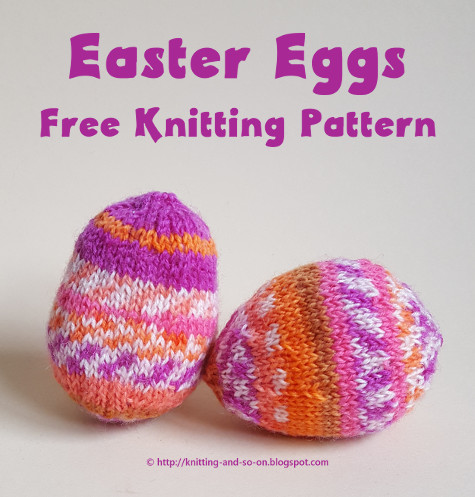So when I glimpsed a gorgeous solution while watching this video by Roxanne Richardson (her circular needle storage can be seen at minute 32:30), I wanted something similar for myself.
Unfortunately, I'm not much of a seamstress - and I am really bad at handling my sewing machine. But this weekend, I finally sat down to do it.
Here's a (really short) tutorial on how to do something similar. Please note that I'm completely new to sewing (any experienced seamstress would have cried out laughing if they saw me handling my fabric and use the sewing machine). So there are probably quite a few things that could be done better. Plus you can see that my seams are far from looking professional.
The piece has two compartments for each needle size. A long one (made from the light green fabric) and on top of it a shorter one in red fabric (sewn on top of the green one) and attached by the crosswise seams. The shorter compartment can be used for needles that are shorter than 40 cm (e.g. Addi Socks Wonders or CrasyTrios).

This work by Knitting and so on is licensed under a Creative Commons Attribution-NonCommercial-ShareAlike 4.0 International License.
Materials
- fabric: I used one light greeen piece that was 2x20 cm wide and 2x50 cm high (both plus seam allowance) and another red piece that was 2x10 cm wide and 60 cm high (also plus seam allowance). In fact I wanted a "recycling" project, so I used old T-shirts.
- 9 buttons
- a paint marker (to mark the buttons with the needle sizes)
- needle and thread to attach the buttons (or glue ...)
- a dowel and a cord
- a sewing machine and a pressing iron
How-To
- Cut out a piece of fabric that is twice as long and twice as wide as you want your finished piece to be (plus seam allowance). One of my construction goal was to avoid seams along the side of the piece (because I thought that the needles my be caught in that seam each time you put it in). That's why I chose to use a piece of fabric that was twice the intended width. I wanted a needle holder that was 50 cm high and 20 cm wide - so I cut out a rectangle that was 100 long and 40 cm wide (plus about 1 cm at each edge) - light green on the photos.
- Fold the piece in half lengthwise (right sides together) and sew it along the long seam. (Now you have a long tube that has intended width). Place the piece with the seam right in the middle and press the seam flat. Turn it right sides out. Now the side with the seam will be the "wrong" side or inside.
- Fold the piece along the shorter side (right sides together) and sew along the short edge. Press the seam and turn it right sides out. Press.
- Cut out a piece of fabric that is twice as wide as the strip in contrast color and about 10 cm longer than the intended height of the finished piece. In my case this was piece of red fabric 20 cm wide and 60 cm long.
- Fold that piece in half lenghwise (right sides together) and sew along the long edge. Place the piece with the seam right in the middle and press the seam flat. Turn it right sides out. Now you have another (narrower) tube of fabric.
- Lay the smaller piece on top of the bigger one, with 5 cm overhanging on each side. Pin in place. I chose to place it a bit off the center.
- Fold the overhanging 5 cm back and handstitch in place - on the top and the bottom.
- Now sew a few seams right across the piece - I used a thread in a contrasting color and started with the first about 1.5mm from the top and continued with a distance of 2.5cm, increasing to 3cm towards the lower end. That way, I did 16 crosswise seams, which gave me 16 compartments - plus one at the top to place a dowel for the hanging "mechanism".
- Sew buttons on and mark them with the needle sizes. (Actually, I only noticed too late that the space of the compartments was to small to sew the buttons, so I glued them to the fabric.)
- Draw a cord throught the compartment at the top. and place a dowel inside for stability ... and it's ready to hang.
I do like the finished piece even though it looks far from professional.
But it a) does the job and b) was made with materials I had at home :)
If I ever do something similar again, I will ...
- ... use sturdier and non-stretchy fabric - if you are a sewing newbie (like me), stretchy fabric is a nightmare
- ... use interfacing or something similar to stiffen the piece
- ... sew on the buttons before sewing the crossways seams - and use smaller buttons :)
- .... sew neater seams, of course ...







































